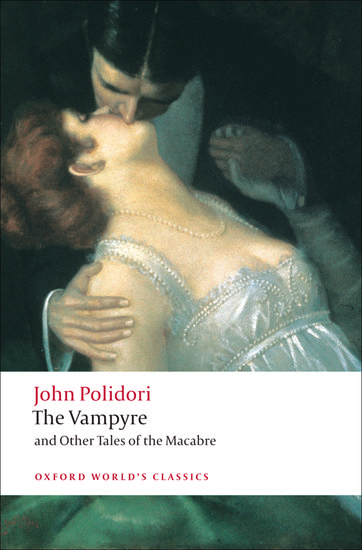By Robert Morrison
“The ghost-stories are begun by all but me,” John William Polidori wrote from Geneva on 17 June 1816 as one of five participants in perhaps the most famous literary competition of all time. Polidori was the handsome, arrogant, and often quick-tempered outsider in a group that also included Percy Shelley, radical poet and thinker, and a married man; his lover, Mary Godwin, the only child of the philosopher William Godwin and the passionate advocate of women’s rights, Mary Wollstonecraft; Lord Byron, the most celebrated (and then notorious) literary figure of the age; and Claire Clairmont, Mary’s step-sister and Byron’s newest mistress.




